|
In this video I show you my top 5 ways to help 'free up' your mid back. In previous posts I have mentioned how shoulder injuries and pain are linked to poor posture. One of the main causes of poor posture is a restricted mid back. These 5 simple exercises are all great ways of trying to get some movement back into your mid back area and hopefully start to improve your posture. They are all really simple and require no equipment. Try them and see what you think. To watch the video, click here or on the image below. 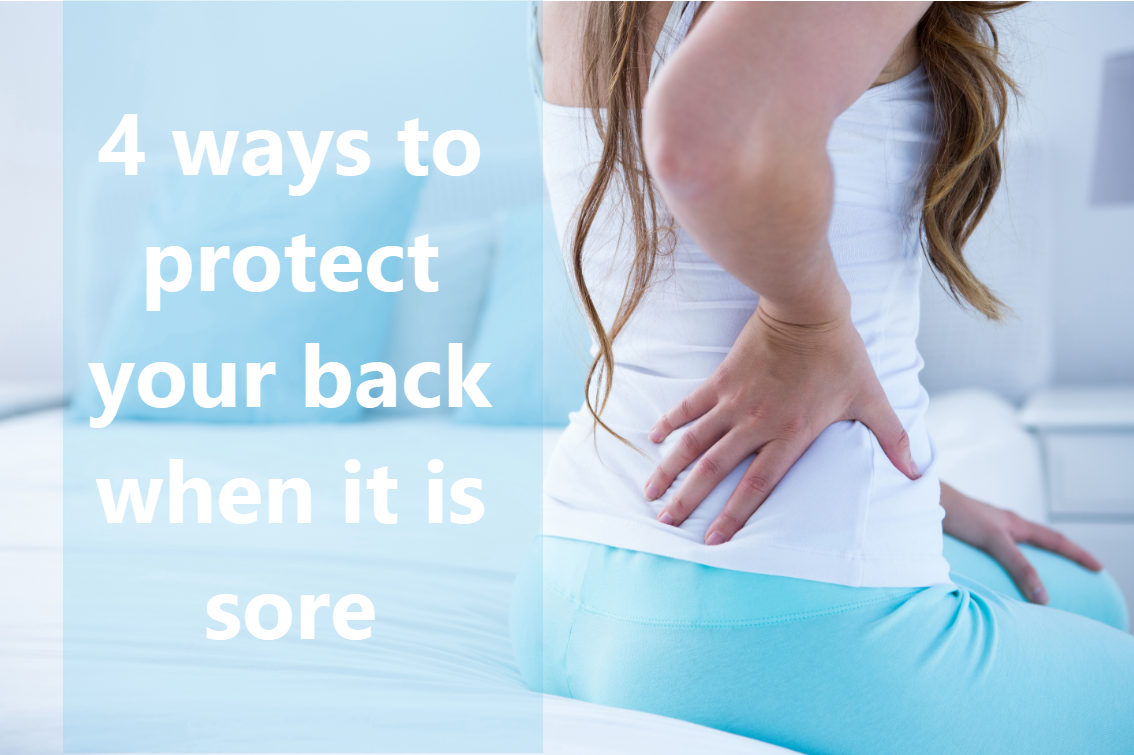 Back pain is very common and most people will experience it at some stage in their life. When your back is sore, it can make normal daily activities difficult and painful. In this post I will show you how to get our bed, how to get up off of the toilet, how to put on shoes and how to get up off of the ground when you have a sore back. Each of these 4 activities are relatively easy when you are feeling good, but if you are sore, they can be quite painful. Hopefully these simple tips will be useful and give you some relief if you are currently struggling with back pain. 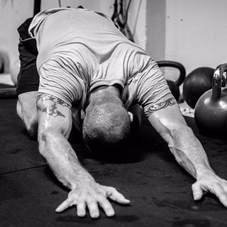 Picture this; you have been having a few lower back niggles, you wake up in the morning and the lower back is stiff and sore. You lie in bed and pull your knees up towards your chest then you roll out of bed and bend over rounding your back to try and touch your toes or you sit on the ground and lean forward stretching the back out. Does this sound like a normal thing to do? Or do you currently do it? It is a common belief that if your back is stiff and sore in the morning when you wake up, you should stretch it out. Unfortunately, this is not the best practice for some lower back injuries and can put you at risk to aggravate or hurt your back. Continue reading to see why I don’t recommend this type of stretching first thing in the morning. I was doing some study recently and came across some interesting research and information on back braces. I am often asked whether or not wearing back braces are a good idea, so I thought it would be a great topic to discuss here. Back braces are often used when people are sore or to help protect their back from injury. The information that I have learnt is that this may not actually be the case. Continue reading to see what the research shows.
Back pain is a very common problem that a majority of people will face at some point in their lives. The big question is, if I have back pain, what can I do to help fix it? The American College of Physicians recently issued updated their treatment guidelines for acute, sub-acute and chronic lower back pain, side-stepping medication as a first-line treatment and recommending non-drug therapies instead. It is suggested that painkillers should be the last resort. So what are these non-drug therapies they suggest? Continue reading to see what the guidelines suggest.
In the previous post we discussed what an intervertebral disc is and how injuries occur. We also discussed what symptoms you can get if you do have a disc injury. In part 2 of this series, I will look at the diagnosis and treatment options for a disc injury and will also give some ways to help at home. So how is a disc injury diagnosed? Continue reading to find out.
A disc injury is often called lots of things; a slipped disc, a herniated disc, a disc prolapse, a disc protrusion, a disc bulge, degenerative disc etc. Whatever you call it, a disc injury is very common these days. In fact, a large portion of the population actually have disc bulges, but they go unnoticed, as not all disc injuries cause pain. My aim with this 2 part blog series is to firstly describe what a disc injury is and how it occurs. The second post will be how disc injuries can be treated and what you can do at home to help. I have found that the more you know about a problem, the more informed your decision making process can be. This is extremely important with disc injuries as there are a few different treatment options with some of them being quite invasive. Whether you have an injury or not, I hope it makes things a lot clearer for you and gives you some ways to improve your function and hopefully prevent an injury in the future. So what is a disc injury and why do they occur? Continue reading to find out.
Optimal function of the body generally narrows down to one key point – Balance. If your body is not in balance, you are at risk of injury. One common problem that causes an imbalance, especially in men, is carrying and sitting on your wallet in the back pocket. More often than not these days, wallets tend to be quite bulky with all of the cards we need to carry. So why is sitting on a wallet in your back pocket a bad thing? Continue reading to find out.
The mind is a powerful thing, but can the mind affect your health and recovery from injury? According to several studies, it appears that positive thinking can in fact, affect your health. The Placebo effect is the healing power of positive thinking. The Nocebo effect, on the other hand, is the opposite of this, the power of pessimism or negative thoughts. The way you think can definitely affect your health, how you heal and the outcome of care. If you approach a health care provider for a certain problem with the expectation that it won’t work, then chances are, it won’t work. Continue reading to find out how this happens and how to help.
If you are unfortunate enough to develop acute back pain, what do you do first to help ease the discomfort? Do you grab some pain relief? Do you ice it? Do you do some stretches? Or do you go to your chiropractor for an assessment? There are lots of options!
If you are a person who regularly takes paracetamol for back pain, you may not be getting the results you want according to some new research that was published recently in The Lancet. This research was the first large randomised trial to compare the effectiveness of paracetamol with placebo for low back pain, they found that paracetamol is no better than placebo at speeding recovery from acute episodes of lower back pain or improving pain levels, function, sleep or quality of life. The findings question the universal endorsement of paracetamol as the first choice painkiller for low-back pain, say the authors. Continue reading to find out more about the research and a different, natural approach to back pain. A big emphasis of my work is stability, especially in people with lower back pain or a history of recurring lower back pain. The first step when someone comes to my chiropractic practice, is to assess the area, restore optimal
function and reduce the initial complaint through chiropractic care. Once things are functioning better, the emphasis moves onto why the problem was there in the first place and how we can stop it from coming back. This invariably will include some sort of stability exercises and stretches. There are hundreds of different exercises and workouts out there and what is best for an individual will depend on numerous factors. A good question to ask is, what is the difference between an exercise done seated and standing? I came across some interesting research that I thought I should share. People often think that any pain in the leg, whether it is in the front, back or side, is called 'sciatica'. However, this is not the case. Sciatica is defined as pain or discomfort associated with the sciatic nerve which runs from the lower back, down the back of the legs to the feet. It is estimated that up to 40% of the New Zealand population will experience sciatica at some point in their lives.
To fully understand Sciatica, you first need to know what the sciatic nerve is. The sciatic nerve is the longest nerve in the body and is actually composed of two nerves, the common fibular (or peroneal) nerve and the Tibial nerve. These nerves are originally formed from 5 different nerve roots in the lower lumbar spine and pelvis. These nerves join together then run down the back of the thigh to knee level where they split and one travels down the front of the lower leg and one travels down the back of the lower leg. Lets look a bit deeper and see how sciatica occurs, how you diagnose it and most importantly, how to fix it. Repeated cycles of lumbar hinging (flexing of the lower back) has been shown to be the quickest way to herniate a disc in the lower back. The research shows that the injury to the disc occurs from the inside out. So how does this occur? In order to understand this you first need to know how the intervertebral discs are structured.
|
Dr Craig BuscombBringing you news, research and advice on health, wellness, exercise and chiropractic care to help take your health to the next level Archives
July 2024
Categories
All
It's what you do everyday that impacts your health, not what you do sometimes. |
|
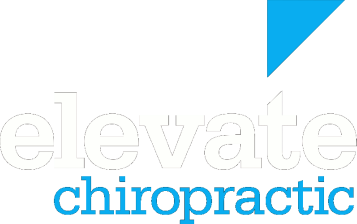
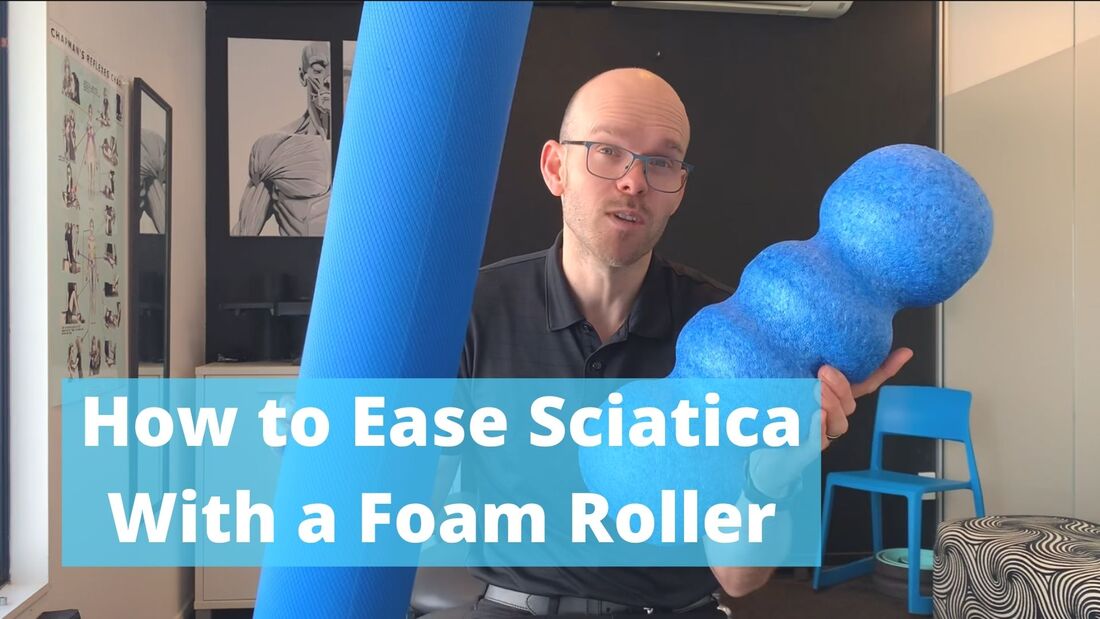
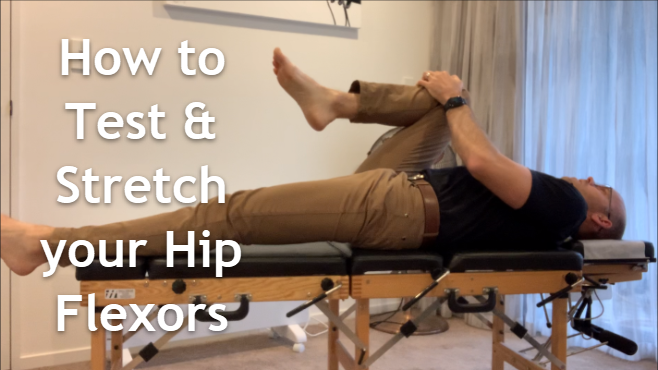
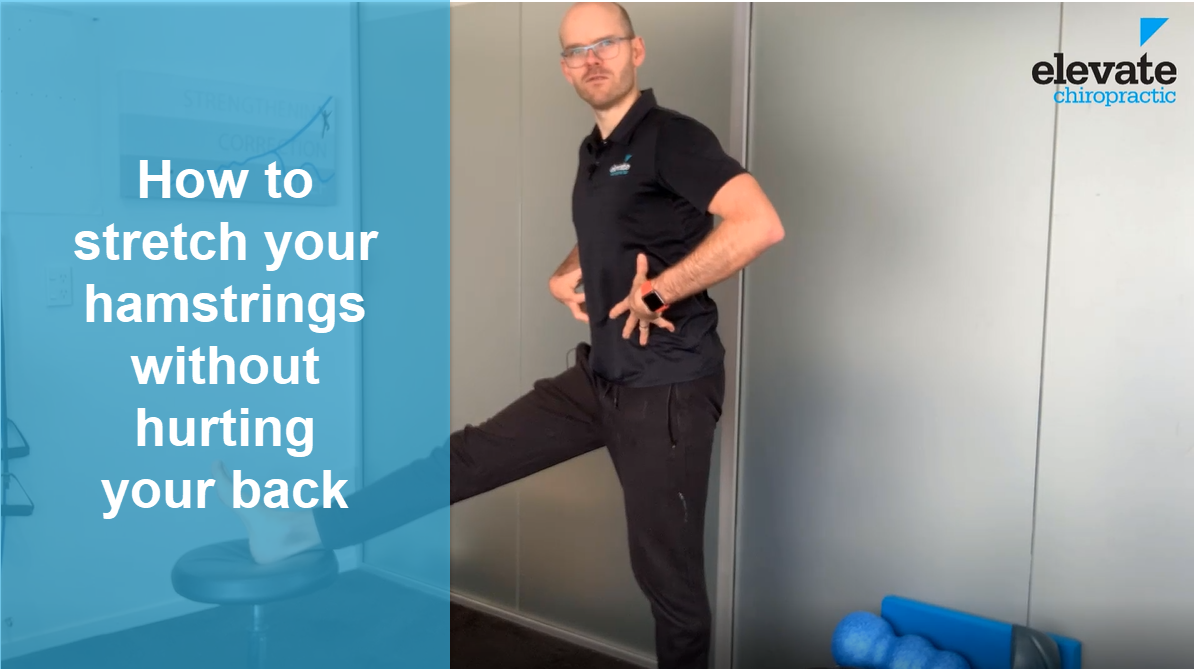


 RSS Feed
RSS Feed


